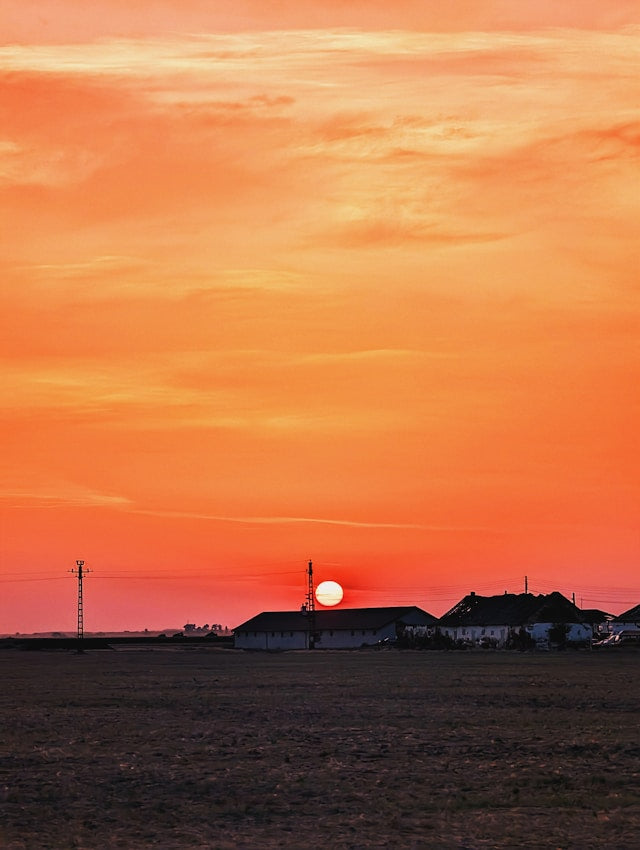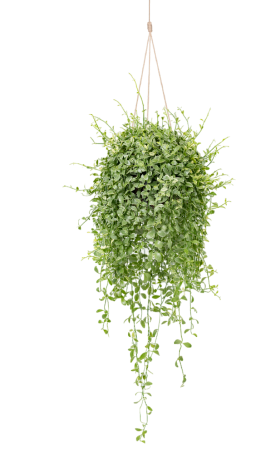There’s lots to filter out of the air: What to buy to be READY for an air quality emergency

We don’t want to sound alarmist, but there are emergency air quality situations constantly popping up in the US and around the world. If you want to be prepared, it’s time to take stock of what you’ll need to shelter in place if the situation arises in your area. Here’s what we’re seeing:
-
Wildfires that send smoke in unpredictable directions. It’s become a regular occurrence that Canadian wildfires are causing hazy skies all along the east coast of the US. Even a little bit of this smoke is life-threatening to certain children, adults and the unborn.
-
Volcanoes are very dangerous–with lava being the least concern. The ash that is spewed into the air can irritate the throat and lungs, trigger asthma attacks and aggravate chronic respiratory conditions such as COPD. Pets, livestock, crops, soil and water, stop air traffic and also damage all kinds of vehicles and machinery at ground-level. (Volcanic ash is a silent killer, more so than lava: What Alaska needs to know with Mount Spurr likely to erupt)
-
Dust storms in the US are not just a story about the Dust Bowl of the 1930s. As of the end of May 2025, El Paso had seen 10 dust storms and 34 dusty days this year — levels not recorded since the Dust Bowl of the 1930s — due to a prolonged drought and stronger-than-average winds across West Texas, New Mexico, and northern Mexico. (Drought and heat drive a surge in dangerous dust storms across the Southwest) Last year, Coachella Valley in California had over 24 dust pollution warnings. When winds kick up across arid land, they pick up small particulate matter (PM2.5) that can penetrate deep into the lungs and aggravate respiratory and cardiac conditions.
- General air pollution consisting of small particles (PM2.5) and ozone is getting worse, and according to the American Lung Association’s annual State of the Air report, almost half of everyone who lives in the United States breathes unhealthy levels of air pollution. The particles come from coal- and natural gas-fired power plants, as do cars, planes, agriculture, unpaved roads, construction sites and wildfires. Check out this article that lists the top 10 worst areas for year-round and short-term particle pollution and ozone.
What can you do to be prepared in your own home/car? It’s not too hard to research and purchase what you’ll need in advance so that you will not have to hit the “panic button” when the air gets dirty. We recommend MERV 13 filters because it represents a filtration that removes an acceptable level of small particles. For a filter to get the MERV-13 rating, for example, it must filter out a minimum of 90% of the PM10, a minimum of 85% of the PM2.5, and a minimum of 50% of the PM1.0. (Understanding Filter Ratings: MERV, FPR, and MPR) Of course, higher MERVs are better, and MERV 16 approaches “HEPA” status, which we recommend in the “Best” category below.
Here’s some ready-made solutions for standalone air filters. If you have a central AC system, we also recommend using MERV 13 filters to filter your whole home IF your system can handle them (please contact us with the number and size(s) of your return air filters, and the model number of the air handler, and we can assess your system for free). Although a "DIY Box Fan Air Purifier" is not as pretty as the more expensive air filters, these can really help indoor air quality in a wildfire smoke situation! GreenBuildingAdvisor editor Randy Williams wrote about how he used box fan purifiers to significantly lower the PM2.5 in his Minnesota home during Canadian wildfire season, as tested by the four different air quality monitors he owns. (Wildfire Smoke and IAQ: What Can Be Done?)
Good:
-
Extra MERV 13 1” filters for this fan/purifier, $39 for 4, or MERV 13 with activated carbon, $165 for 12
-
KN95 Face Masks 50 Pack, Breathable Comfortable and Disposable Mask, $13 for 50, place masks accessible locations in your home and car(s). Also check out our article on the differences between KN95, N95, and P100 masks.
Better:
-
Box Fan DIY Air Filtration Kit - 20" fan size - for 2" thick filters (Corsi-Rosenthal box), $35 (Box fan and filters NOT included):
-
20” box fan, $30, should fit above kit
-
20x20x2” MERV 13 filters, $54 for 4-pack, or MERV 13 with activated carbon, $225 for 12
-
-
OR Medify MA-25 Air Purifier with True HEPA H13 Filter | 825 ft² Coverage in 1hr for Allergens, Smoke, Wildfires, Odors, Pollen, Pet Dander, $120 (be sure to buy extra filter elements)
-
NIOSH-approved N95 Respirators, $14 for 20, place masks accessible locations in your home and car(s). Also check out our article on the differences between KN95, N95, and P100 masks.
Best:
-
Standalone HEPA filter with activated carbon and extra filter elements, sized for at least one gathering room (“sheltering room”) in your home. Ideally, add an additional filter with spare elements for each occupied bedroom. Note that the more expensive units contain more activated carbon, which will also remove smoke or chemical odors and VOCs. Here are some good choices:
-
AirPura V414 VOCs and Chemicals- Good for Wildfires Air Purifier, $670 (filter lasts up to 2 years of normal use, but would need replacement sooner with an air emergency)
-
Austin Air Healthmate HEPA filter with 60 sq. ft of HEPA and up to 15 lbs. of activated carbon and zeolite, $765 (filter lasts up to 5 years of normal use, but would need replacement sooner with an air emergency).
-
P100 Disposable Particulate Cup Respirator, NIOSH APPROVED, Adjustable Buckle Straps and Noseclip, Face Seal, Individually Packaged, $58 for 5. P100 is equivalent to HEPA filtration; check out our article on the differences between KN95, N95, and P100 masks. Place masks in accessible locations in your home and car(s).
There you have it–if you have the means, by all means just click and order now so that you will be prepared to breathe clean air when it gets hazy outside!






